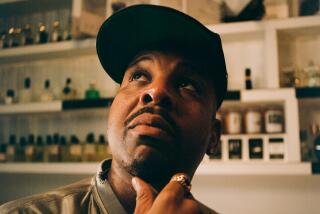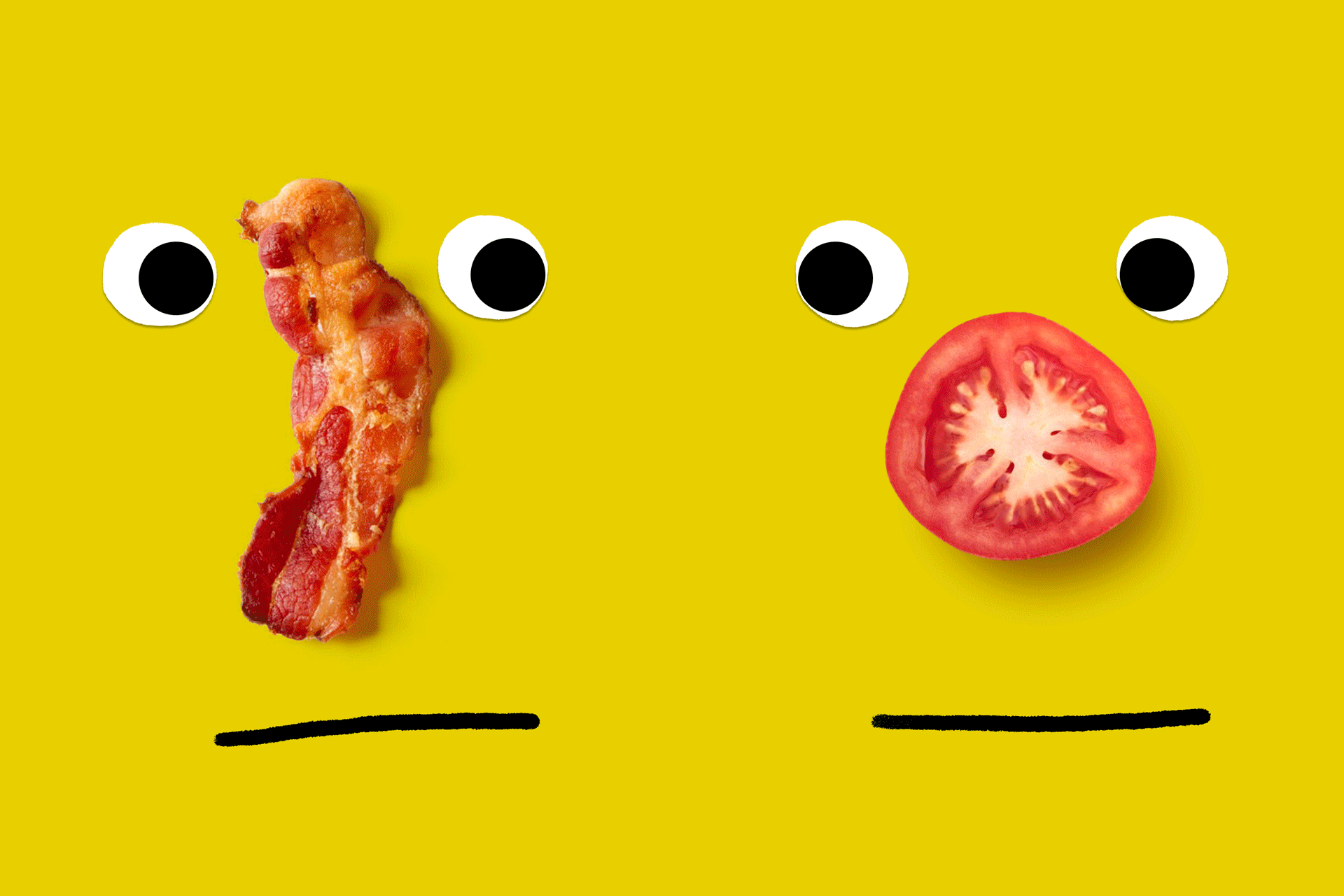On scent, we’ve barely scratched the surface
Peek into the fragrant life of Danielle Roska. After waking up to the “fresh air” linen smell she sprays on her sheets, she slips on vanilla-scented slippers and heads to the kitchen, pulls a mug from her lemon-scented dish strainer and steeps a cup of tangerine tea.
Her unnaturally scented day has only just begun.
Roska grabs her strawberry-scented soap and hits the shower, moisturizes with “buttery raspberry body lotion” and finishes up with “mulled cider body cologne.” Her car greets her with a fresh cucumber air freshener, and she toils at work with a mint-scented pen.
Back home, she moves between rooms known by plug-in scent as much as purpose: cinnamon stick in the living room, buttercream in the home office, and Macintosh apple in the bedroom. “As I’m getting into bed, I put on cookies and cream foot cream,” says Roska, the 27-year-old creator of the 16-month-old retail website everythingsmells.com.
Scented products are increasingly dominating our homes, our cars and our lives.
“Scent is absolutely one of the key driving forces of today,” says Marshal Cohen of the market research firm NPD Group. “We’re seeing it enter into many businesses. In the apparel and cosmetic industries, in home furnishings, accessories, food, the auto industry.... The scent industry has -- forgive the pun -- not even scratched the surface.”
Follow your nose and you’ll discover lavender-scented rugs, eucalyptus-scented pillow-covers, jasmine-scented mattress pads and chocolate-scented socks. Who needs a morning cup of java when you can inhale the coffee-scented watch you bought on impulse from artwatches.com? Or the Nokia cellphone with the coffee-infused faceplate sitting on your bedside table?
“Everything is going to smell, to the point where there’s a conflict of smells,” Cohen says. “Smells are going to start fighting each other.”
Some would argue that they already have. Scents that soothe one person irritate another, and perfumed products, like secondhand smoke, wind their way into unsuspecting nostrils.
“This is more complex than the tobacco issue ever was,” says Betty Bridges, founder of the Fragranced Products Information Network and one of a number of people nationwide who say they get sick when subjected to chemicals found in scented products.
Bridges lives in a world where a sleepover has the potential to turn into a giant smellfest -- if you don’t forget your scented PJs. “I Need a Barbecue Man” pajamas are infused with a “tangy barbecue sauce” scent, while “I Need a Handyman” provides a whiff of cedar and “I Need a Lawnmower Man” the odor of fresh-cut grass.
Because scent recipes are considered trade secrets -- and fragrance manufacturers are not required to divulge the ingredients -- Bridges spent eight years trying to isolate the chemical that made her sick. A sympathetic fragrance chemist finally identified the ingredients and helped her solve the riddle.
Enough people have complained about scents to spur organizations such as Kaiser Permanente and Boston’s Brigham and Women’s Hospital to adopt fragrance-free workplace policies. But Bridges and others say that even the good-intentioned have trouble staying scent-free: Many soaps marked “unscented” actually contain fragrances to mask the odor of other ingredients.
“I have a good quality of life, but the logistics of it are difficult,” Bridges says. “I had to go to my kids’ high school graduation wearing a respirator-type mask. The social isolation is difficult at times.”
A few new products hint at the high-tech olfaction to come. Take the 2005 C4, a midsize by French automaker Citroen: “The C4’s most exciting feature,” writes Automobile Magazine, “is a cartridge that drops into the interior air vent and dispenses perfume....” Then there’s Scentstories, a home fragrance machine released in August by Procter & Gamble that retails for $34.99 and “plays” scent cartridges that look like CDs, complete with individual “tracks.” (The “album” called “Wandering Barefoot on the Shore” for instance, cycles through such scents as “Under the Palms,” “Splashing in the Waves” and “Sailing in the Bay.”)
Why has scent become an all-present force in modern life as well as a critical marketing tool? Because, of the five senses, scent is the least controllable (we can hold our breath, but not for long) and the most direct. Because the corridors of memory are lined with smells from the past. Marcel Proust knew this when he shut himself in his cork-lined room and conjured “Remembrance of Things Past” from the aroma of literature’s most famous cookie, that tea-soaked madeleine.
Nearly a century later, science has finally caught up with Proust. Richard Axel and Linda Buck shared the 2004 Nobel Prize in physiology or medicine for their discovery of a large gene family that produces the olfactory receptor cells in the nose. Neurologists and psychologists are fast mapping the pathways between smell and the brain, defining the relationship between scent and cognition -- some are even studying the functionality of scents, unearthing smells that they say can make us thinner, smarter, more productive.
Market research continues to demonstrate that consumers gravitate toward products that “smell good,” and most industry analysts suggest that things will only get smellier.
In the future, “Odors will be used not just for their pleasure value or for consumer appeal, but for their functional value,” says Alan Hirsch, the neurological director of the Smell and Taste Treatment and Research Foundation in Chicago. Hirsch says that he frequently fields phone calls from businesses wanting to deploy the functional use of scents in their products.
In 2010, says Hirsch, “your alarm clock will spray a scent to make you feel more awake and alert. In the kitchen, there will be a scent to increase appetite if you need to gain weight, decrease it if you need to lose weight. At work, there will be an odor to enhance your efficiency and creativity.... In the living room, a scent to reduce anxiety. In the bedroom, a smell to enhance your amorous nature, and then to help you sleep.”
Hirsch’s studies have found that a mixed floral aroma increases the speed of learning by 17%. This, he says, will spawn all kinds of floral-scented products to enhance learning -- scented test-taking paper, perhaps, or pencils. The odors of strawberry and buttered popcorn make people burn more calories, Hirsch says, so look for strawberry-scented treadmills and popcorn-scented barbells. And for dining room items that smell like garlic bread (a scent that has been shown to increase “familial harmony.”)
But the newest research on scent, by Hirsch and by researchers at the Monell Chemical Senses Center in Philadelphia, shows little or no universal correlation between specific scents and emotions. Rather, we feel the feelings that we’ve learned to associate with a given aroma.
Odors that induce nostalgia are different for each person, and often correlate with how old you are and where you grew up. According to one Hirsch study, those born in America between 1900 and 1930 report that “natural smells” make them nostalgic -- trees, hay, horses. From 1930 to 1980: artificial scents, such as Play-Doh, Pez and jet fuel. For people who grew up on the East Coast, the scent of flowers; the Midwest: farm animals; the South: fresh air; the West Coast: meat cooking.
For Judy Brown, a 55-year-old freelance writer who grew up in Birmingham, Mich., the smell was always warm apple pie.
Here we encounter the first wave of postmodern nostalgia: Brown’s mother didn’t bake. The apple pie scent that bathed the Brown household radiated not from the oven, but from scented plug-ins.
Artificial though it be, the aroma lingered throughout Brown’s most formative years. It faded into the background of her awareness, and this is typical -- as we grow acclimated to smells, they disappear from our immediate consciousness.
Brown’s father died of cancer in 1999, and her mother succumbed two years later.
Brown and her siblings packed up and sold the family house. And then it was gone. What was gone?
That scent -- “it was the wonderful scent of apples and cinnamon. My mom’s home was awash with the comforting scent of warm apple pie straight from the oven.” She needed to find that scent.
“The rational side of me knew I could never have my mom near me again. But the heartbroken, longing side of me began a desperate search for anything that would bring me as close as possible to the umbrella of unconditional love that was my mom,” Brown says.
So, did Brown bake an apple pie? Nope. She went online and searched until she found the very same apples and cinnamon plug-ins that her mother used. She leaves them activated 24 hours a day and keeps backups at the ready.
*
Steven Barrie-Anthony can be reached at steven.barrie-anthony@latimes.com






